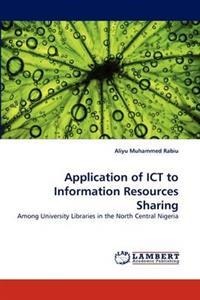
Liknande böcker
Cross-Layer Design to Optimize Power in Video Sensor Networks
Bok av Arar Aisha
Wireless Video Sensor Network (WVSN) is one type of Wireless Sensor Network (WSN), where each sensor is equipped with a camera component to capture videos, in addition to a processing component to process the captured videos before transmission. Many applications of WVSNs are widely used, such as surveillance applications that monitor and prevent harmful events, environmental tracking, and health monitoring applications.This work studies the problem of minimizing the total power consumption in a clustered based WVSN by proposing a cross-layer design to optimize the encoding power, the transmission power, and the source rate at each sensor node. The resource allocation is incorporated into a minimization problem, which takes into account the video signal distortion due to compression and packet losses in the wireless channel while trying to allocate network resources amongst multiple video sensors, such that the total power consumed in both compression and communication is minimized. For efficient communication, energy harvesting capability is added, where sensor nodes in the network are allowed to use renewable energy sources to contribute in green communication.







